How To Create and Make a Planner To Sell On Etsy (A Step-By-Step Guide)
So, you’re thinking of creating your own planner and selling it to buyers on Etsy?
The industry of productivity planners is currently booming. That makes me excited for you if you’ve been wanting to create your own planner to sell.
It’s not surprising that planners are currently in high demand. They are a form of digital product that helps people organize their lives. Not just that, people use planners to set and achieve goals in various aspects of their lives.
The benefits of creating and selling planners are enormous. It offers you an additional source of income while allowing you to teach and guide people on how to organize their daily tasks and goals. Maybe you can become a life coach?
If you’ve come here to learn how to create and sell your own planner, you’ve made a good decision and this great guide will teach you all you need to know.
A Step-by-Step Guide on Creating and Selling Your Own Planner
We are going to be diving into something that is super exciting, and that is;
We’ll be discussing all the necessary steps to take in creating a planner and preparing them for sale. These steps are proven strategies you should adopt.
Step 1: Market Research and Target Audience
A good way to start your planner-selling business is to research the market to identify your niche and define your intended target audience.
This is the first step to take on your journey to creating and selling your own planner. This step involves exploring the planner market with the intention of understanding the types of planners your target audience is buying.
Here are some examples where you can tell that certain Etsy shop cater to specific audiences:
Example #1
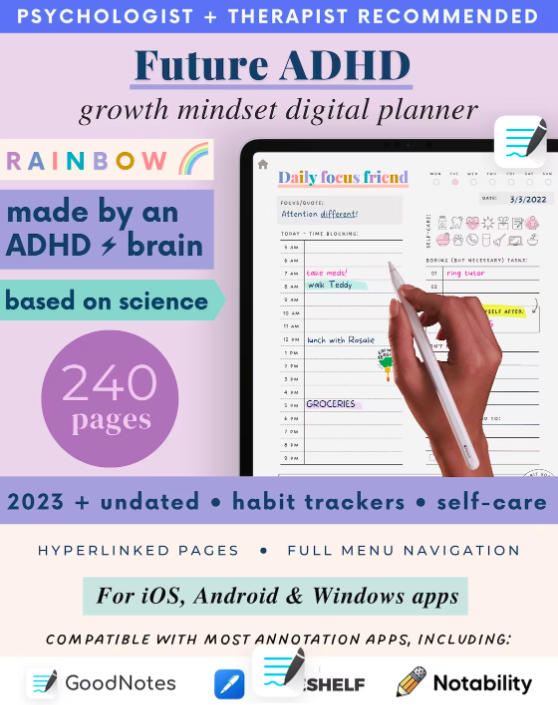
This ADHD planner for adults created by Etsy shop, FutureADHD, has a very specific niche and target audience. First of all, it’s for adults. Second of all, the title of this product says, made by an ADHDer, which is a smart marketing tactic. This will get people to buy because the buyer can trust who they are buying from.
Example #2
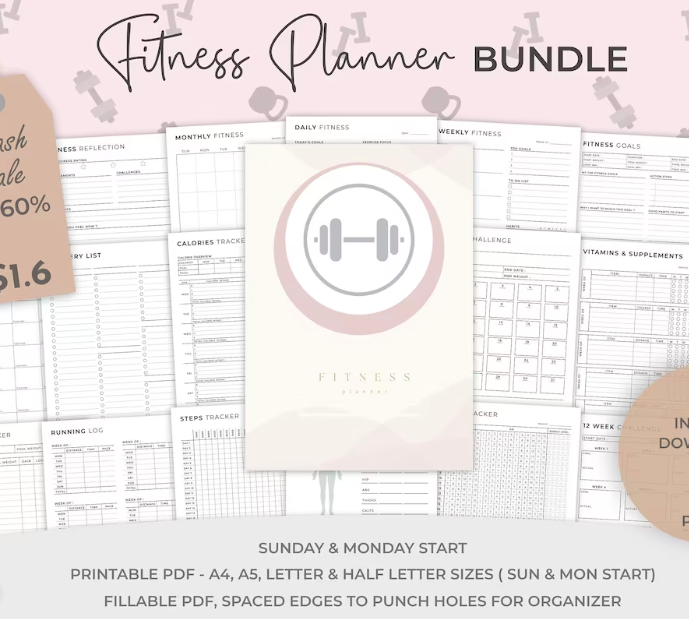
When I typed in “fitness planner for moms,” this fitness planner by ThePrintablePlans popped up. As you can see, the more specific you are about your audience, the easier it will be for them to find you.
Study what planners they are selling be it weekly or monthly offerings and identify the profitable ones.
Overall, you should learn to understand the needs of your target audience by considering the preferences they might have when it comes to planners.
Step 2: Planning Your Planner
The concept of planning your planner simply involves creating a unique value proposition. This means carefully choosing your planner type including the design and layout considerations in order to offer something unique.
Also, it involves setting goals and objectives for your planner to decide the purpose of your planner (maybe it’s for parties, academics, or business, etc.).
When choosing your planner type, you can decide if you want to create a daily, weekly, or monthly planner to solve a specific need for prospective buyers.
As for the design, you can add innovative features to make it look appealing.
This will make your planner stand out in the marketplace, hence making it one of the most sought-after. This is an important step to keep in mind.
Step 3: Design and Branding
Just like most digital products sold on Etsy, the design and branding of these products is an aspect sellers take seriously. So, you should devote time to creating a visually appealing cover. It’s what will attract your customers.
Aside from creating a visually appealing cover, you should design the interior pages of the planner. This makes your planner very unique and functional in meeting the preferences of your target audience.
This helps in establishing a consistent brand identity in the marketplace.
You can design and brand your planners with Canva or just get templates to sell.
Step 4: Content and Features
While you’re investing time and resources into designing and branding your planner, don’t hesitate to put considerable effort into content and features.
The content of your productivity planner will determine if it’s useful for certain buyers while the features offered are what will make most buyers interested.
Let’s look at an example of features that certain planners include.
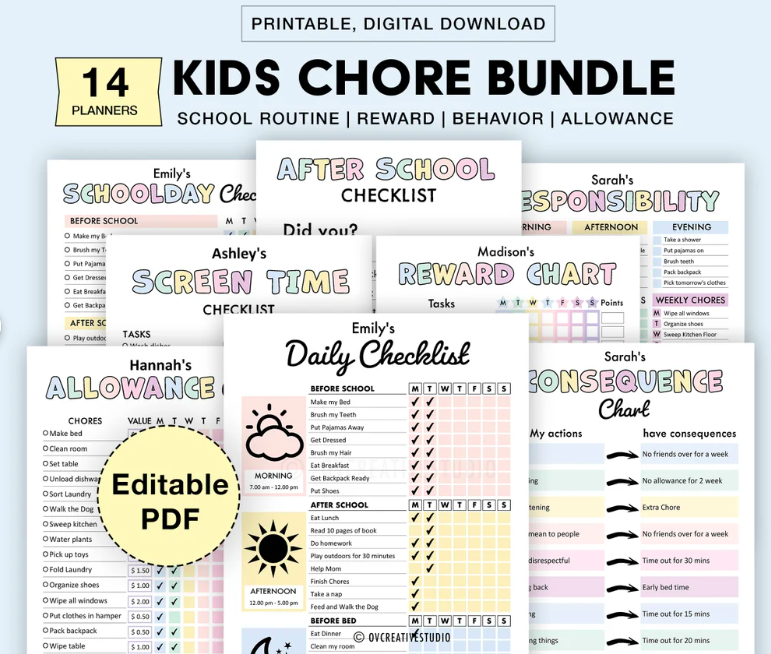
Look at how cute and colorful this planner for kids is! It definitely caught my attention when I typed in, planner for kids, in the Etsy search bar. This bestselling planner by OvCreativeStudio features different areas of a chore bundle such as school routine, reward charts, consequence chart, and so much more.
The most successful planners on Etsy are the ones that reduce stress and save time for buyers. This particular kids planner will help moms save time having to create their own. They can make it clear for their kids what their consequences are if they do this or that, what their chores, etc.
That’s why it’s so important to create features in your planners that buyers will actually find useful. You want to think outside the box and look at your competitors to see what they are including to get inspiration!
Step 5: Printing and Production
The aspect of printing and producing your own planner requires expertise.
So, ensure you select your printing options (self-printing, print-on-demand, bulk printing) carefully to get the best result. Make sure you use good paper quality.
As for binding, provide many options to choose from such as staples, stitched, or spiral rings. Moreso, keep in mind the paper sizes you are offering to buyers.
Once you’re done with all these aspects, focus on prototyping and testing. This will prevent any avoidable errors so your planner can come out in the best shape.
Step 6: Pricing Strategy
An important step I can’t fail to mention is your pricing strategy. If you want to make the most sales from selling planners, you have to properly price them.
Conduct the cost analysis in the aspects of printing, marketing, and shipping.
This will give you a good idea of how well to price your planners to make a profit.
Determining your pricing strategy involves taking into consideration the types of planners in demand and conducting competitive pricing research. You can check how many sellers in your niche are selling their planners.
With this, you can make an informed decision on what price to place on yours.
Step 7: Sales and Distribution
Moving on, you have to invest in proper sales and distribution of your planners.
You can set up an online store to sell your own planners or utilize e-commerce platforms like Etsy and Shopify. This will give you an opportunity to sell your own planners to a wide range of audiences, hence helping you make the most sales.
If you want to start your own planner business on Etsy, I highly recommend checking this beginner guide before you do so! This guide teaches beginners on Etsy exactly how to open and launch their own shop.
As for distribution, you can explore offline options by selling your planners in local bookstores around you or markets where you can find stationery stores.
Step 8: Marketing and Promotion
In order to make the most sales from creating and selling your own planner, you should invest in the marketing and promotion of your planners.
It’s a step that requires putting your planners online for more people to see.
Start with content marketing by promoting your planners via blogging, social media, and email marketing. You’re guaranteed to reach more audience.
This will allow you to generate excitement and awareness about your planners.
Work on building an online presence by engaging your followers and social media. Also, you can build a personal website to promote your products.
Lastly, consider collaboration and partnership with influencers and big brands in your niche. Trust me, this will put your planners in the face of a larger audience.
Step 9: Customer Service and Feedback
If there’s one thing you should never neglect, it’s offering prompt customer service and feedback. This allows customers to have trust in your brand.
You should handle customer inquiries and orders professionally. This means responding to their concerns and queries in due time.
Furthermore, you can gather customer feedback by telling buyers to review your planners. Then, make improvements based on the feedback received.
Step 10: Legal and Administrative Considerations
If you want to create and sell your own planners without issues, it is wise to keep legal and administrative considerations in mind.
Start by registering your business with the appropriate bodies in your state.
This gives you the permission to legally run your productivity planner business.
You have to abide by intellectual property and copyright laws to avoid running into trouble. Also, make sure you remit your income tax as at when due.
I will suggest employing a professional to handle your financial management.
Step 11: Scaling Your Planner Business
Finally, scaling your planner business is a step you need to take to be successful in selling your own planner. This involves expanding your product line and growing your customer base to make your planner business stand firm.
At this stage, you will have to outsource and delegate tasks for productivity.
Final thoughts
There’s never enough time for the things that count, so make the most of your time to grow your planner business with the strategies discussed in this guide.
When it comes to selling planners, there’s no limit to what you can create.
Once you launch your planner business, make sure you celebrate your journey while you’re at it. Also, continuously keep adapting to the latest market trends and coming up with innovative ideas that will make your business stand out.
With a successful planner business, you can inspire others to follow in your footsteps. That said, I believe this guide will help you in getting started today.
This post was all about how to create and make planners to sell on Etsy.


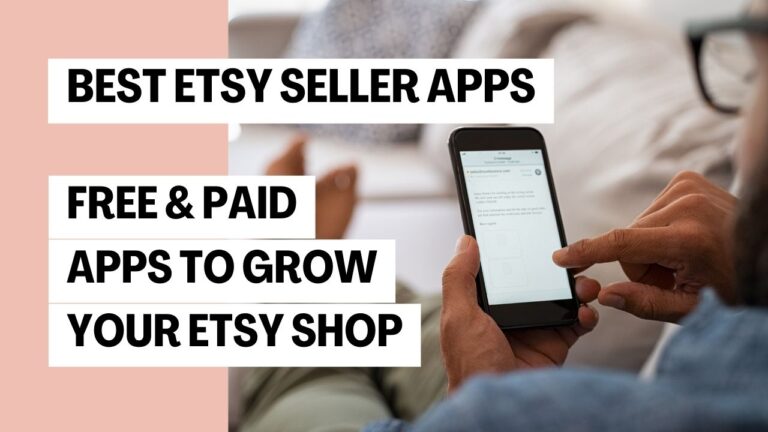
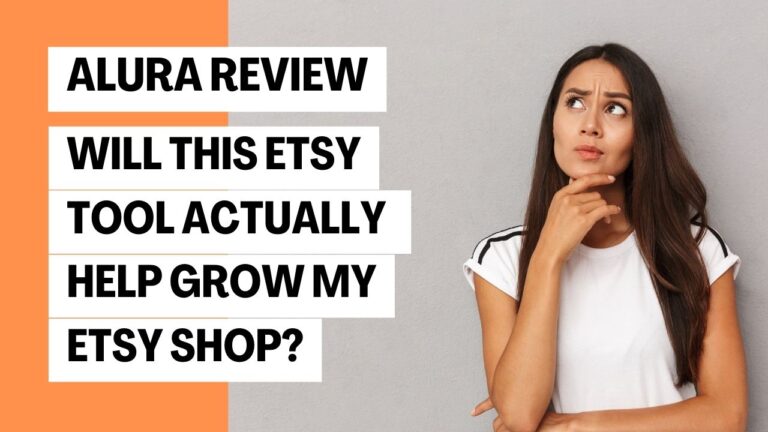


Dear Website Owner,
I hope this email finds you well. I recently discovered your website and was impressed by the quality of your content and the helpful information you offer to your audience. In light of this, I would like to propose a backlink exchange that could benefit both our websites.
My website, https://m.cheapestdigitalbooks.com/, is focused on providing affordable digital books to readers around the world. We currently have a strong online presence with a Domain Authority (DA) of 13, a Page Authority (PA) of 52, and a Domain Rating (DR) of 78. Our website features 252K backlinks, with 95% of them being dofollow, and has established connections with 5.3K linking websites, with 23% of these being dofollow links.
I believe that a mutually beneficial backlink exchange could be of great value for both of our websites, as it may lead to an increase in website authority and improve our search engine rankings. In this collaboration, I am willing to add backlinks from my website using your desired keywords and anchor texts. In return, I would be grateful if you could include backlinks with my desired keywords and anchor texts on your website.
I kindly request that you visit my website, https://m.cheapestdigitalbooks.com/, to get a sense of the potential benefits this partnership could bring to your site. I am confident that this collaboration will provide a win-win situation for both parties, and I look forward to learning more about your thoughts on this proposal.
Thank you for considering my offer. I am excited about the potential growth this partnership may bring to our websites and am eager to discuss the details further. Please do not hesitate to reach out to me at your convenience.
Best regards,
David E. Smith
Email: david@cheapestdigitalbooks.com
Address: 3367 Hood Avenue, San Diego, CA 92117